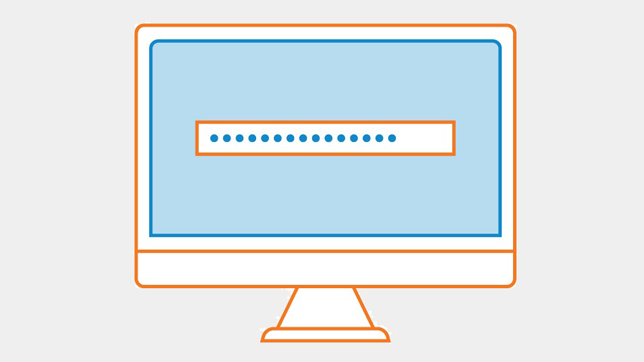
Each year, Verizon issues our Data Breach Investigations Report (DBIR), providing a view into the current world of cybercrime.
Here’s what you need to know about the latest threats and tips for how to help protect yourself from becoming a victim of cybercrime.
As cybercriminals continue to change their approaches, cyberespionage and ransomware attacks continue to rise. The report outlines how cyberespionage cases originate from phishing emails, while ransomware involves a type of malware and aims to extort money from its victims.
So why should you care? Here are a few reasons…
- Gone phishing: People are still falling for phishing. This year’s DBIR found that around 1 in 14 users were tricked into following a link or opening an attachment—and a quarter of those went on to be duped more than once.
- Password protection: 80 percent of hacking-related breaches leveraged either stolen passwords and/or weak or guessable passwords.
- Pretexting is on the rise: Pretexting is predominantly targeted at financial department employees – the ones who hold the keys to money transfers. Email was the top communication vector, accounting for 88 percent of financial pretexting incidents, with phone communications in second place with just under 10 percent.
- Smaller organizations are also a target: 61 percent of victims analyzed were businesses with fewer than 1,000 employees.
So how do you help prevent becoming a victim?
- Stay vigilant;
- Keep data access on a “need to know” basis;
- Protect sensitive data by encrypting it (translating it into a private code) that can only be unlocked with a secret password; and
- Add an extra layer of security by using two steps to verify your identity – such as a password and a text message.
In its 10th year, the DBIR compiles data from 65 organizations across the world and continues to be one of the industry’s most respected sources of information. The report includes analysis of 42,068 incidents and 1,935 breaches from 84 countries.
PR Archives: Latest, By Company, By Date